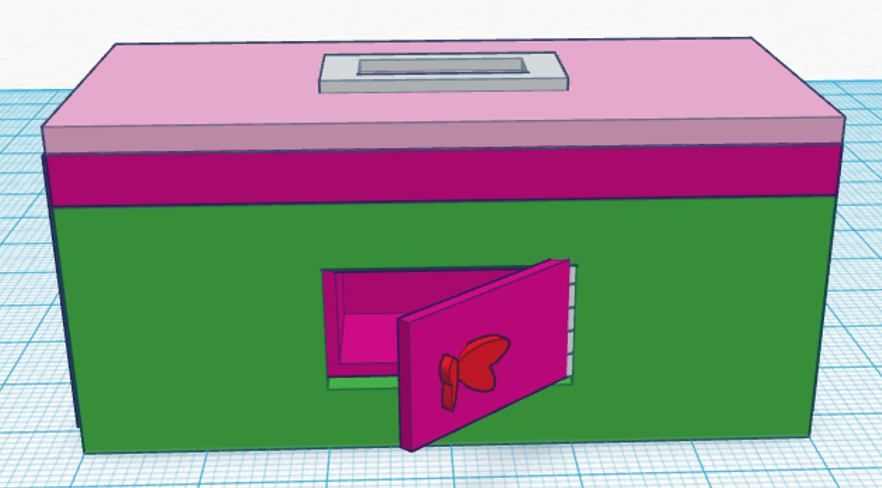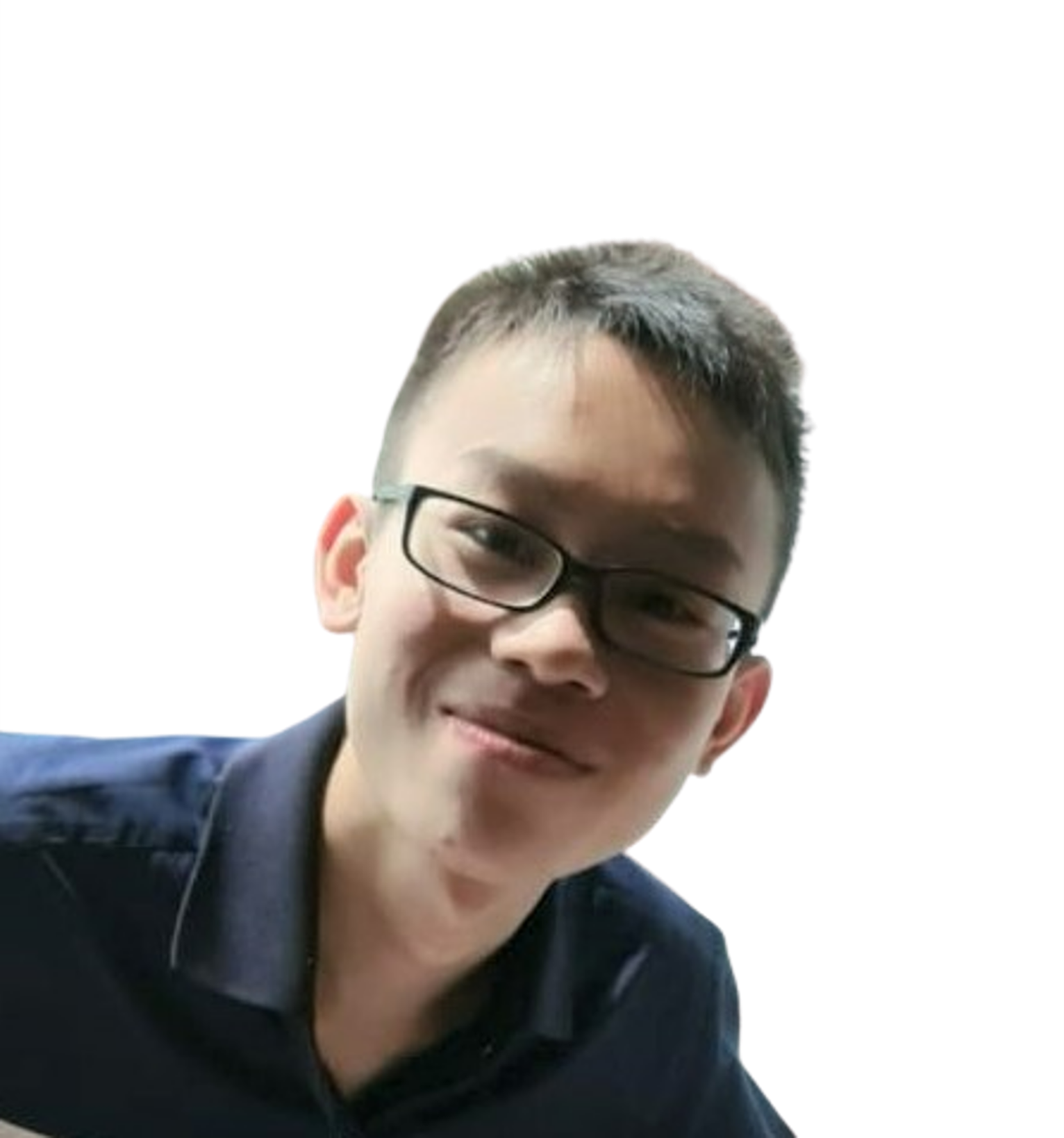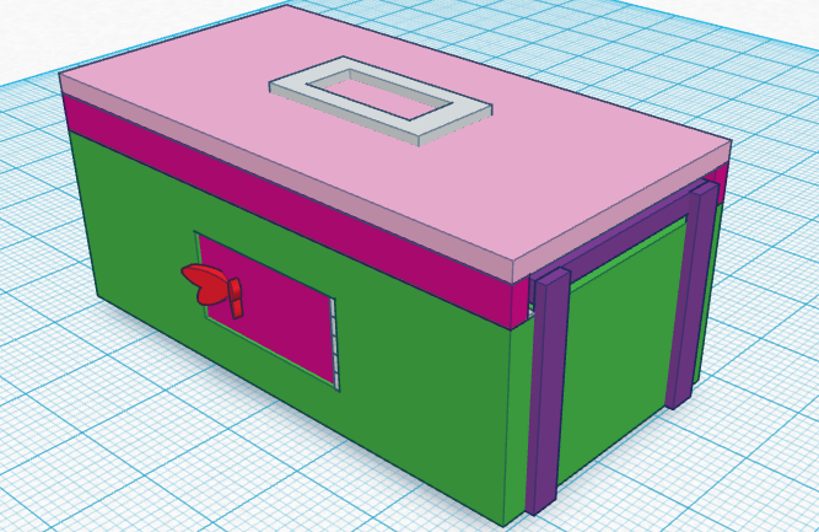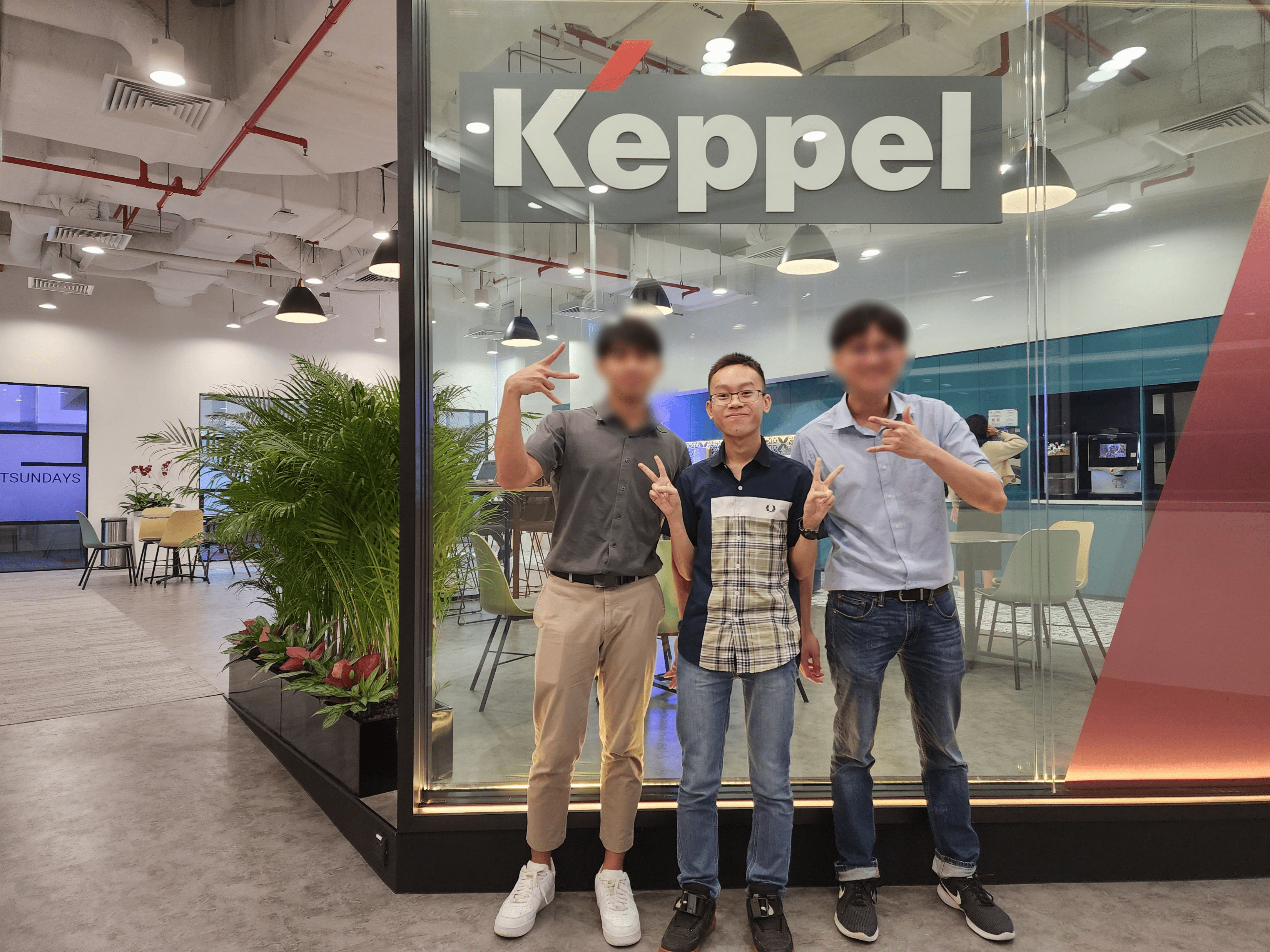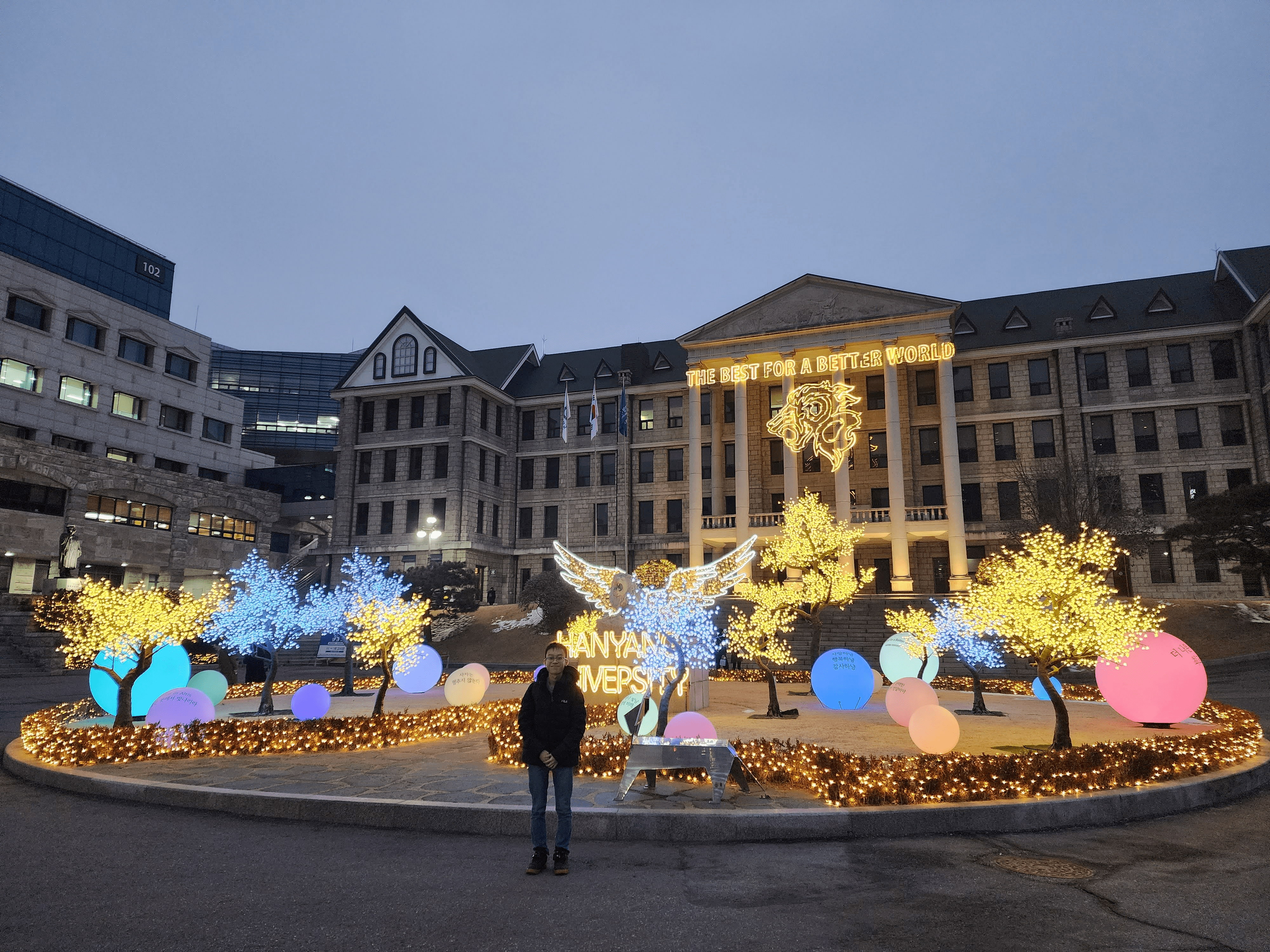I was tasked to identify a problem situation related to the theme - “Storage” for which I am required to design a product that can solve the problem. From February 2014 - September 2014, I worked on my project titled “Kindergarten Edustorage”.
Background
In a typical Singapore Kindergarten, when children are put into ‘play’ for learning, it is easy for the toys to be scattered and misplaced around the classroom, without a proper way of managing the orderliness in a neat and tidy way. It is also due to the lack of proper storage system, that causes the toys to be easily placed around and not kept it in the original place. This makes the teacher having to spend more time cleaning and packing up the things properly for the kids.
Goal
Based on the problem that I have identified, I felt a need to design an artefact that can store the toys and stationeries in an orderly manner.
Research
Before working on the design, I conducted research on the potential users and existing products in the market so that I can invent something that best fits the needs of the consumers. The user research involved coming up with a list of questions to assess the target age of consumers, requirements and dimensions, specific needs for storage, etc. via user interviews.
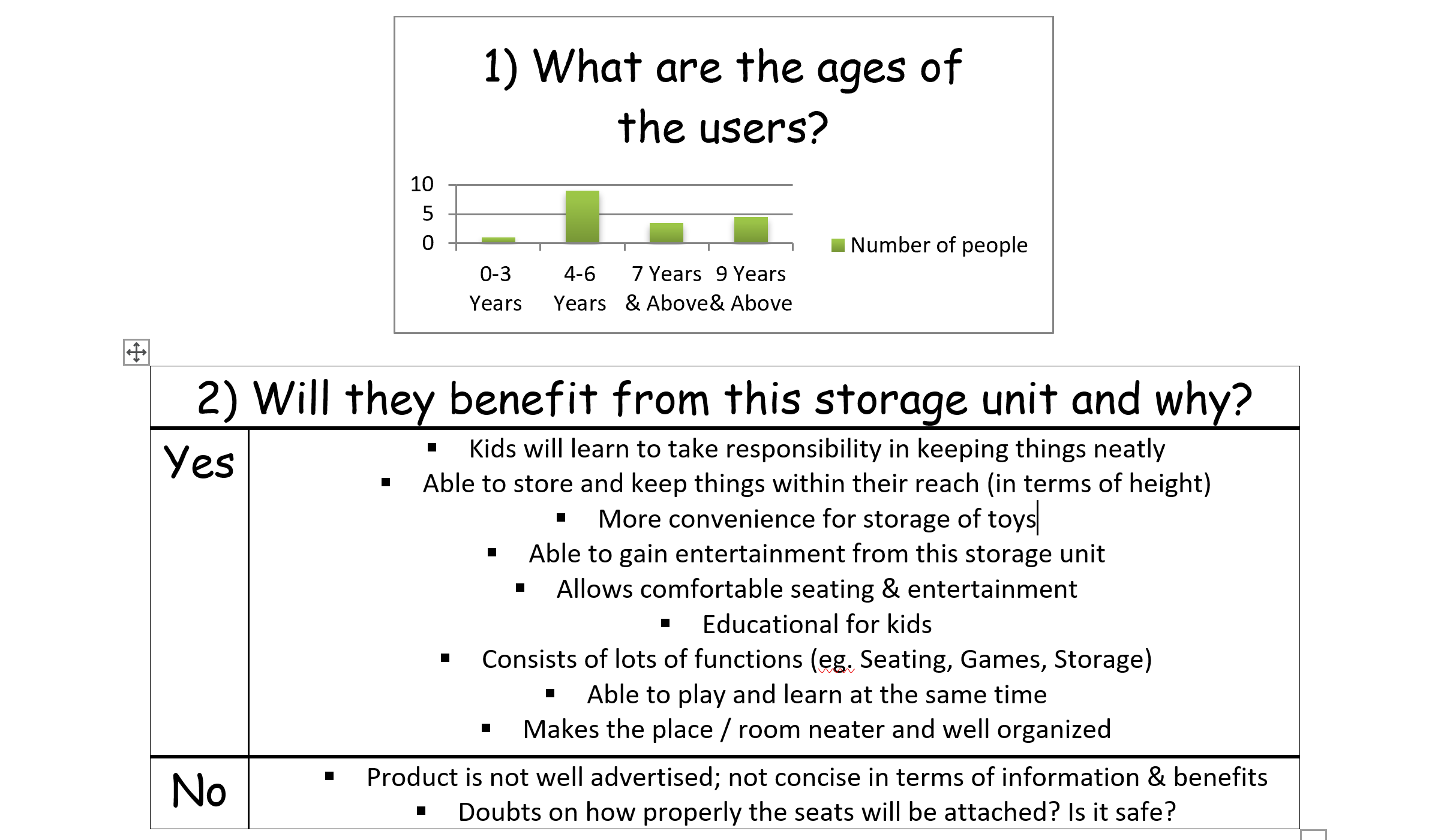
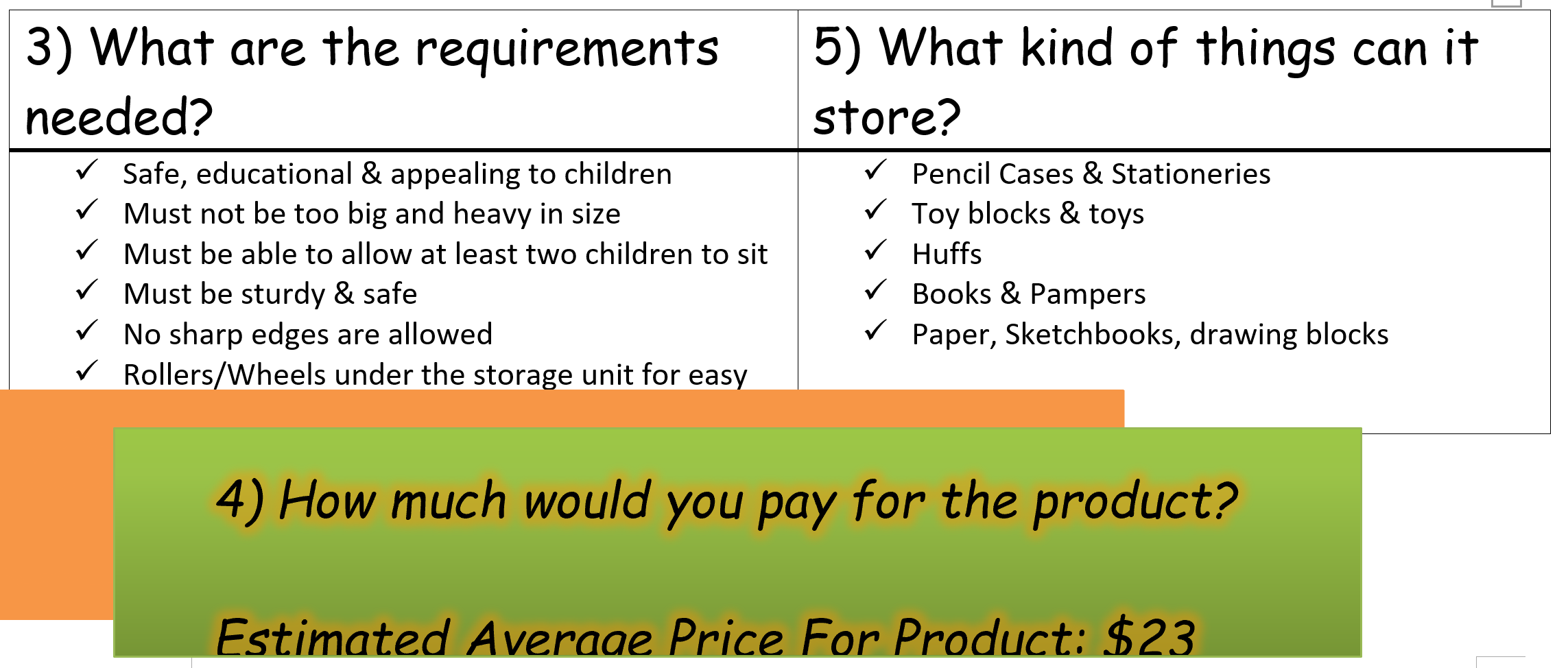
By analyzing the results of the interviews, I could distinguish the needs and wants of my users clearly for my product to be successfully implemented. Amongst 12 interviewees, I found out that my product is suitable for kids aged between 4 to 6 years old, considering the size is about ¾ of a high stool chair, and a two haversack combined size. From these, it sparks an idea of what features and structural design I can include to appeal to users in this age range.
Additionally, most students’ feedback that my product needs to be safe and transportable, together with being lightweight and carrying non-sharp edges. These are important features for this product to have in order for it to meet the requirement for the kid’s needs and safety. With the above considerations in mind, I established a consolidated list of design specifications.
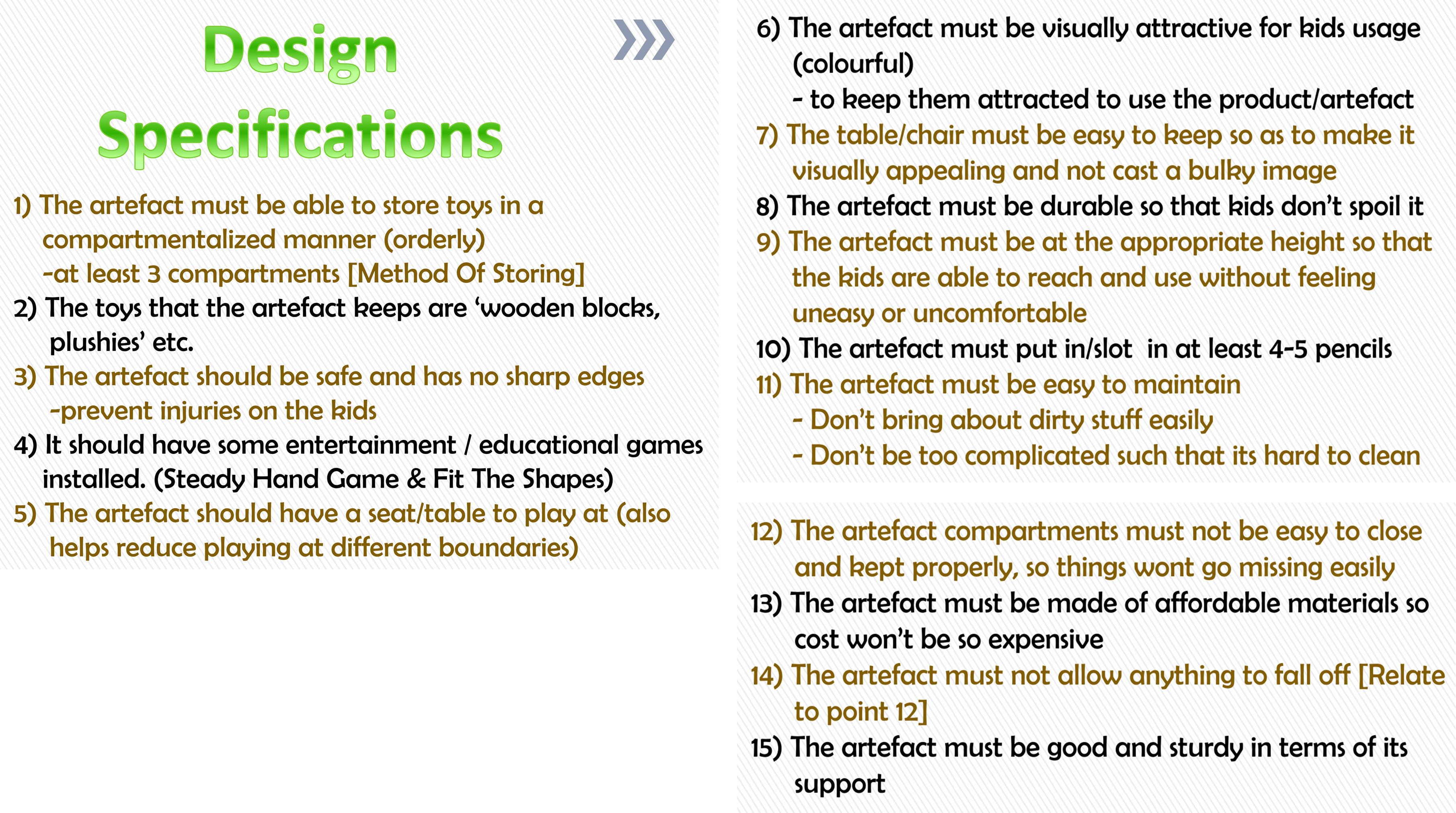
On top of interview analysis, I created an image board, i.e. a collage of images about kindergarten kids and play, which generated and communicated an understanding of the activities that kids interact with and inspired me to come up with ideas that would revolve around their daily lifestyle. The image board facilitated the framing of the answers to the questions below.
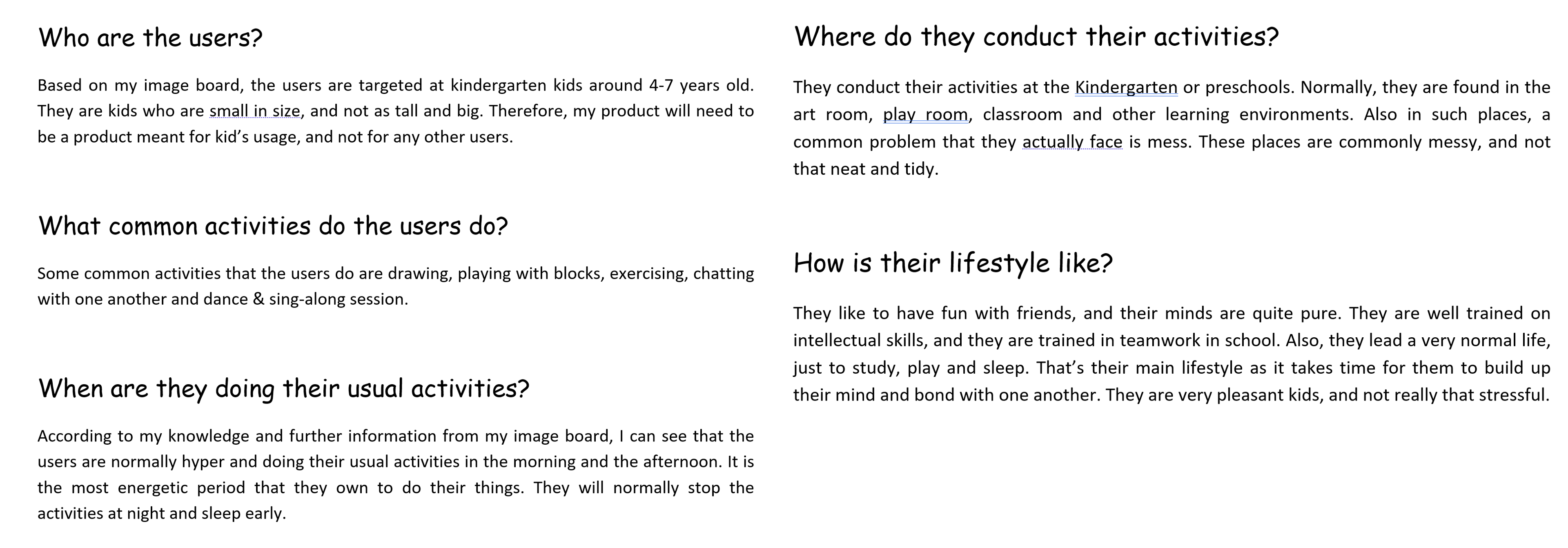
Process
After completing the research, the design process kickstarted with idea generation (or ideation). Unfortunately, I did not keep a record of ideas drawn on the physical design journal. Moving on, with the help of a P.M.I table, I chose the idea shown in the featured cover of this post as it has well organized compartments that can store the toys and educational puzzles or games. Most importantly, the product can be assembled easily and putting away things into these compartments brings about a neat and organized manner of storage. Hence, it is a good idea to develop on, providing a more beneficial storage system for the users.
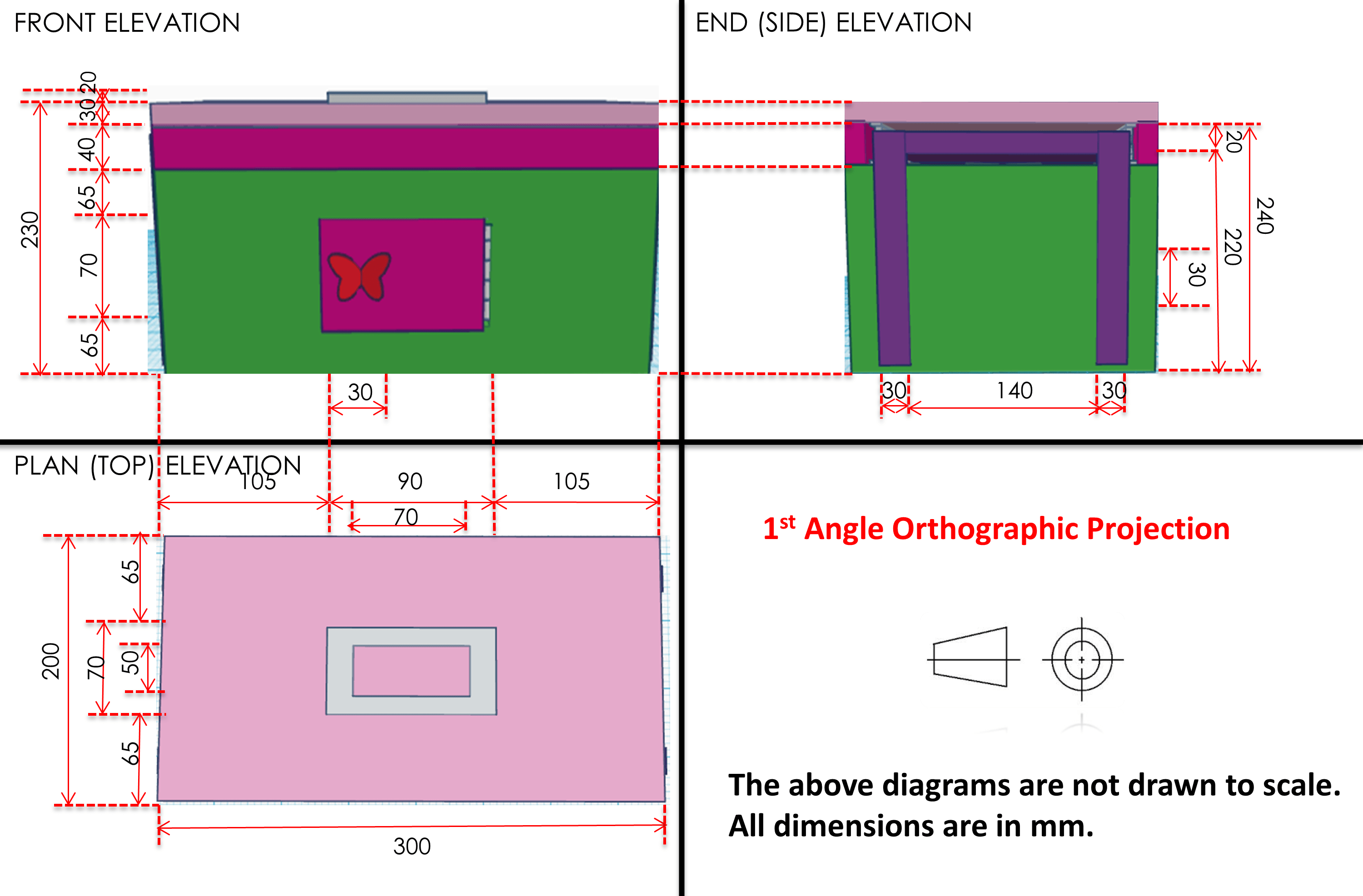
Using Tinkercad by Autodesk, I dived into the interior of the educational storage product and introduced enhancements such as a smaller compartment within the big compartment, as well as two different built-in games. The first game was a shape puzzle, where the children have to fit the corresponding shapes into the board while the latter was a steady hand game.
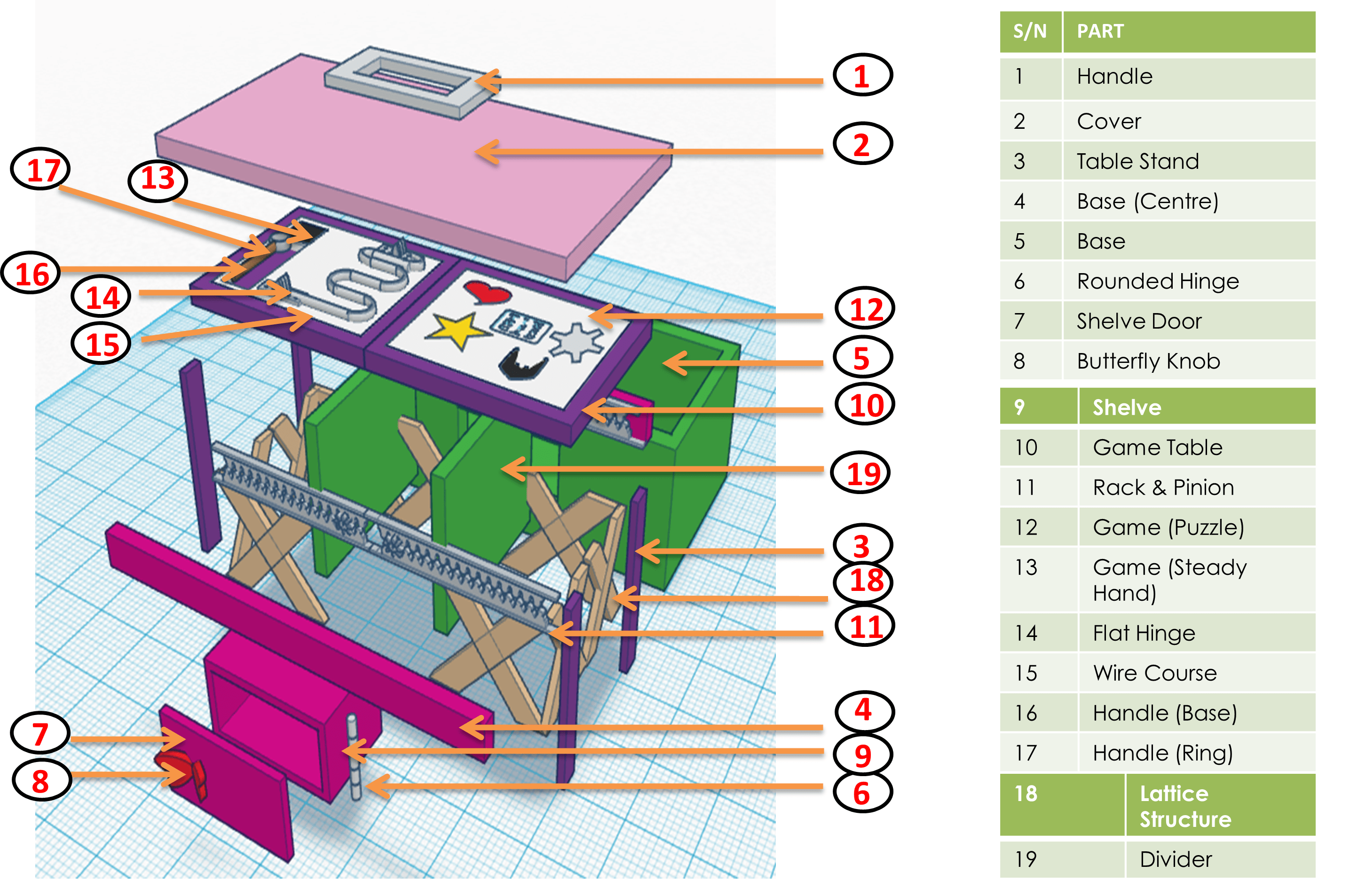
Outcome
I received great feedback on the choice of colors and features implemented in the design. However, I personally felt that I could have improved on the uniqueness of the exterior of the storage compartment because it looks like those typical storage units that one can find in IKEA. That said, I am glad that this project enabled me to attain a Top in Cohort for Design and Technology in 2014, and it would not have been possible if not for my teacher’s constant guidance and advice.
